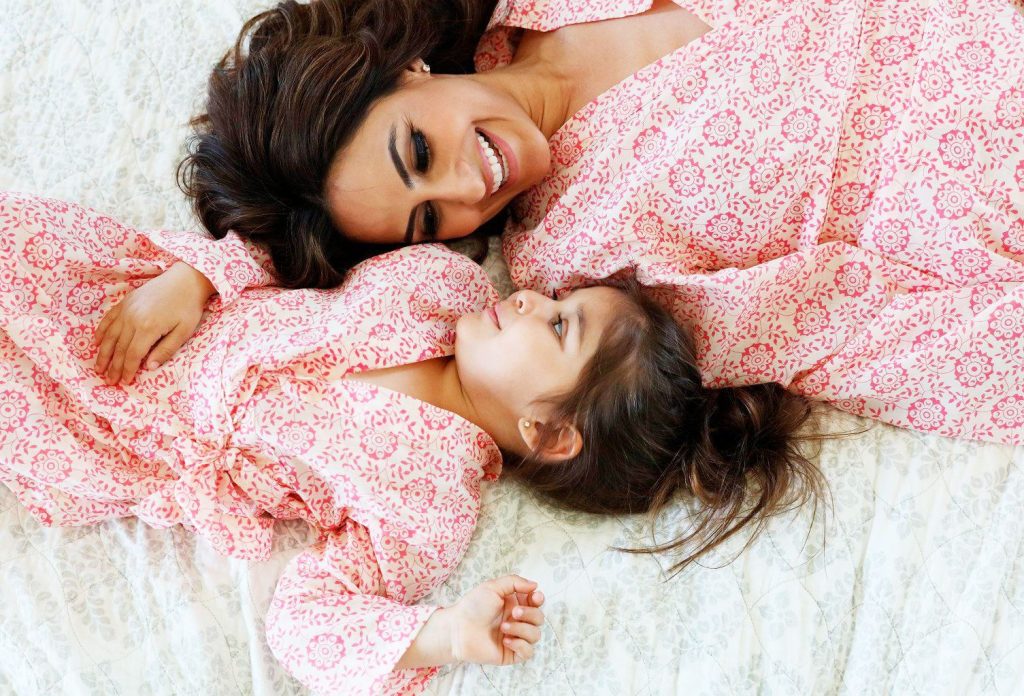
Spoiling your mama this Mother’s Day should be a priority, so we’re making it easier by giving you all the gift ideas.
1. Pajama Sutra
Gift your mom this gift box with the cutest pajama and robe set, and by the way, the options of gorgeous prints are almost endless so have your pick.
2. Sanaya Set
Social justice x self-care x empowering women — what a great cause.
Gift your mom Sanaya Set’s spring subscription set — a seasonal collection of curated lifestyle products. Each item is carefully sourced to ensure their collection aligns with the company’s principles, which are guided by intersectional feminism. With every purchase you make, 10 percent of net proceeds will go to an organization aligned with their mission.
3. Jai Jai Hooray
Gift your favorite mama a Goddes Power Tower that stacks beautifully and reads an empowering poem when ensembled, or order her a set of deity flashcards — inspired by South Asian culture and religion.
4. Sampat Jewellers
No lie: Jewels are a woman’s best friend. Gift your mom a modern twist on jewelry. Partner with your dad to surprise your mama with a new-age gold mangalsutra or silver mangalsutra to honor their wedding vows.
This 18k gold infinity diamond bracelet is sure to be a pleaser as well.
5. Mented Cosmetics
Does your mom love makeup? Check out Mented Cosmetics — buy her a new lippie or something from their “go nude“ collection — she’ll love their vegan, paraben-free, non-toxic, cruelty-free products.
6. Lux Tea Company
Help start your mom’s day with Lux Tea Company. Be it an Early Grey Rose Latte or some instant Masala Chai.
7. Venus Et Fleur
Roses galore — gift your mom a luxurious arrangement of roses that last a whole year (aka until next mother’s day)!!
8. Nomad Lane
Gift your mom a new passport holder for her next trip or an organizer for all of her travel needs.
9. Reemat Designs
ReeMat Designs is the type of semi-precious jewelry bound to go with all her Indo-Western outfits — especially perfect for when your mama needs to make a statement this wedding season.
10. Cuyana
For the chicest essentials — gift your mama the cutest purse or an organizer case.
11. House of Naveda
Your mama deserves only luxury and there’s nothing better than House of Naveda — gift her a stylish handbag for this wedding season or a shawl she’ll thank you for on chilly spring evenings.
How are you spoiling your mom this Mother’s day? Be sure to let us know!




